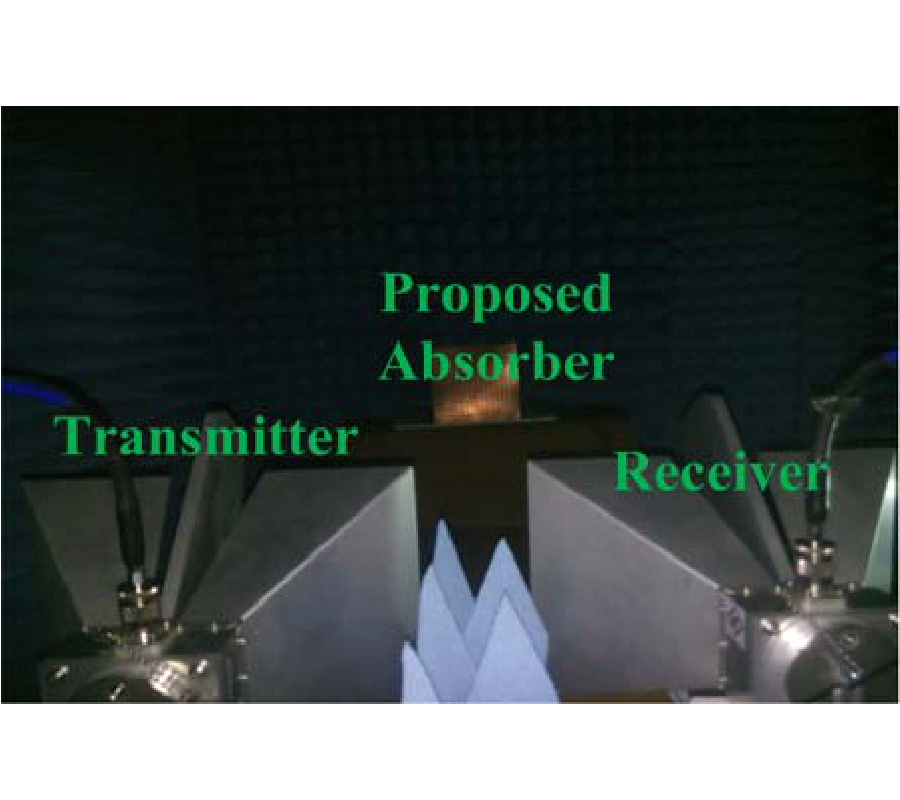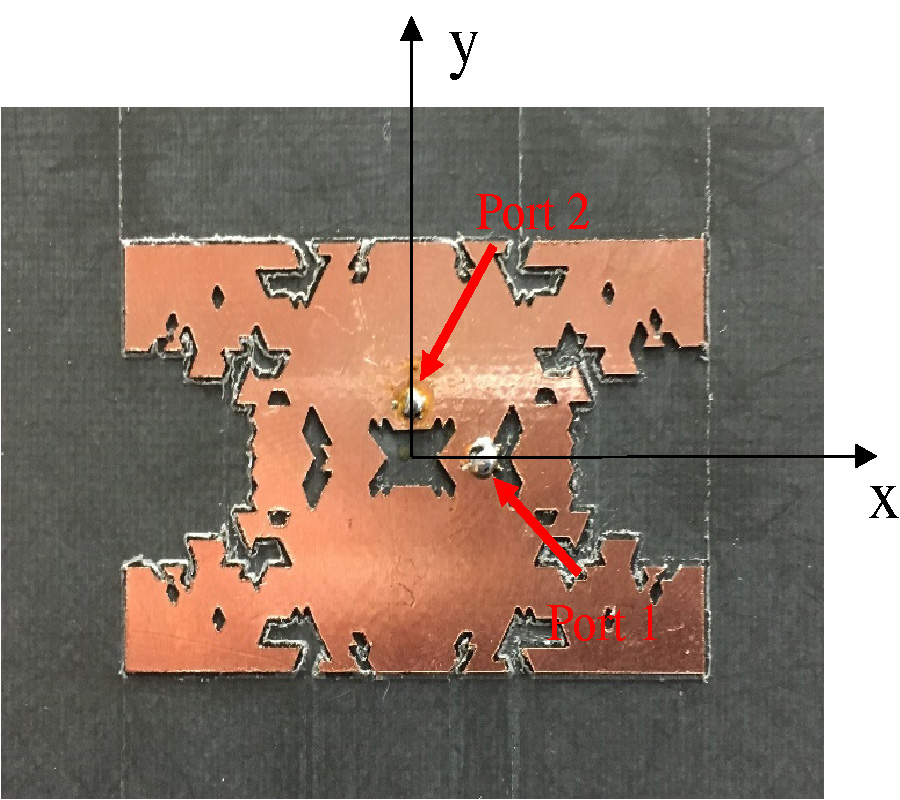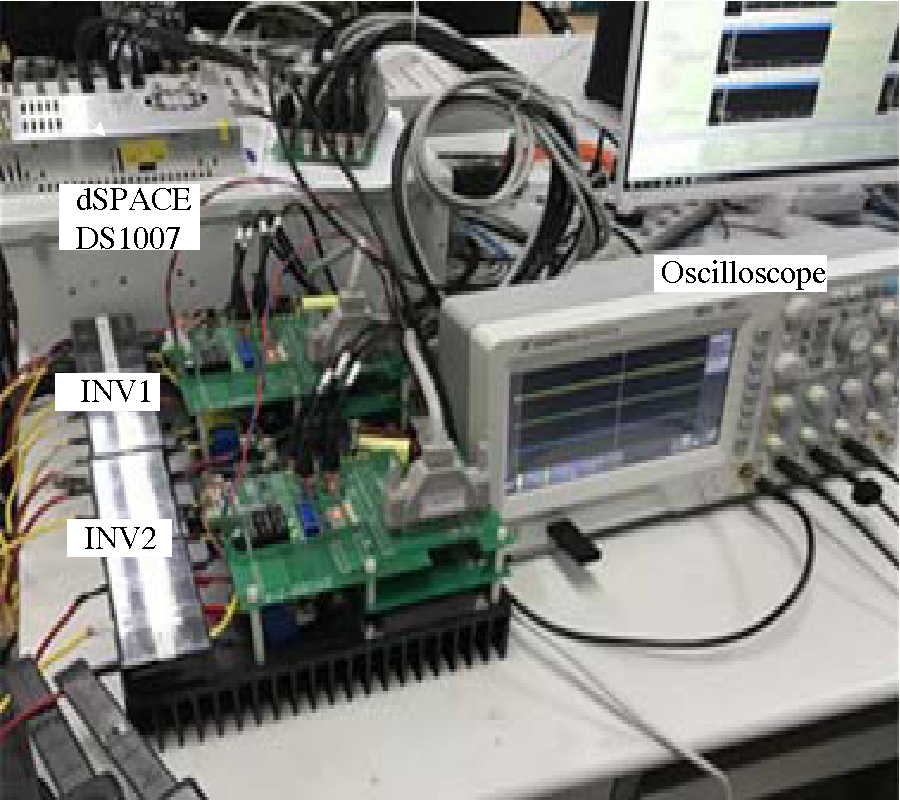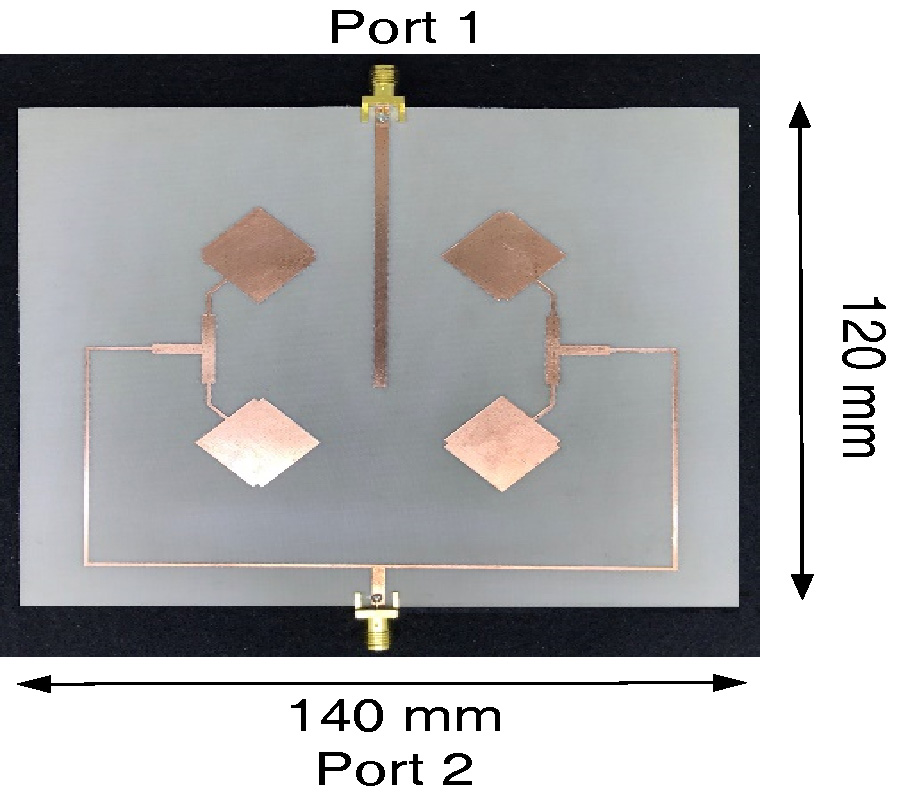Reaserch on a Water-Immersed Wide Band Horn Antenna with Water-Filled Coaxial Impedance Matching Structure
Yang Yang,
Lianghao Guo,
Qing Zhou,
Zhe Wu,
Haibo Jiang,
Zhongtuo Wang,
Wenfei Bo,
Jingchao Tang,
Jialu Ma,
Zhan-Liang Wang,
Bao-Qing Zeng and
Yu-Bin Gong
In order to improve the resolution of microwave biomedical imaging, a new method has been proposed in this pa-per, using a water-immersed wide band horn antenna at S-band. Considering the microwave penetration depth and the reflection at the interface between tissues and environment in deionized water, 2.45 GHz is selected as the central frequency of this antenna. Due to the high dielectric constant of water, the design of the impedance matching structure between the coaxial line and rectangular waveguide is most challenging. Therefore, the idea that using water as the medium of the coaxial impedance matching structure is proposed to deal with the problem of processing in our work. Simulated and experimental results show that this antenna has good impedance characteristics (S11 < -10 dB from 2.1 GHz to 3.8 GHz), good reasonable losses (5.1 dB total for two antennas and coaxial line at 3 GHz), and high maximum gain (8.52 dBi at 2.45 GHz).



















